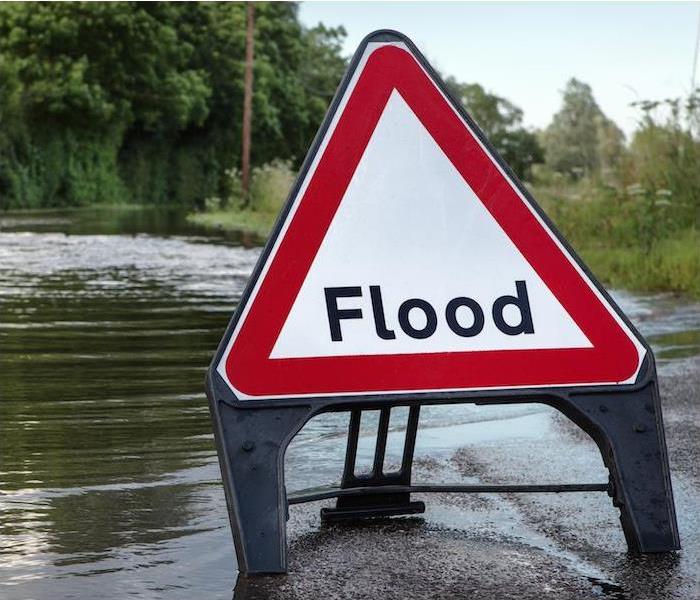Different Types of Flooding and the Causes | SERVPRO® of Western Dutchess County
5/5/2022 (Permalink)
 There are many types of floods that can occur in Dutchess County, learn which ones could cause damage to you home!
There are many types of floods that can occur in Dutchess County, learn which ones could cause damage to you home!
The most common natural disaster in the United States is not tornadoes or hurricanes, but rather, it’s flooding. Flooding can negatively affect nearly any location, from individual homes along Wappingers Creek to communities in Beacon and cities in Dutchess County.
All 50 states and every U.S. territory have been affected by floods at one point or another. The only difference is the types of flooding and the causality among all of them. There are three types of flooding that occur, and they happen because of four reasons.
Flash floods are the most common and happen when rains fall so heavily and fast that it overwhelms the ground and its ability to soak in the moisture. The excess water then must run off somewhere and can take garbage cans, yard décor and more with it. We see these a lot when there's a small river of leaves and debris running down the sides of our roads into storm drains.
River floods happen in areas with larger rivers. When a riverbank becomes too full, the water will spill over the sides, causing destruction.
Coastal floods happen in those areas of the world that lie next to large bodies of water. So if a storm surges or a hurricane comes through, it will cause the ocean water levels to rise and cause flooding.
Heavy rainfall. Sometimes storms produce a lot of rainfall or seem to take a break over a specific area for an extended period. When storms do this, it causes flash flooding. Urban areas are at a particularly high risk of flooding, because of the amount of asphalt versus the amount of soil.
Oceanic activity. Storm surges, hurricanes or a simple rise in the ocean’s tide can cause waves of water to overtake coastal communities.
Dams and levees failing. The most notable example of dams and levees failing is 2005’s Hurricane Katrina. Dams and levees fail when there’s too much pressure, causing cracks in the structure or overtaking the dam’s ability to contain water.
Snowmelts and ice dams. While this isn’t a big factor in our area, there are places in the country where heavy snow and prolonged freezing temperatures are common. When snow and ice build up, they will melt at some point and cause streams or rivers of water to flow through communities. Ice dams or ice jams are likely going to happen because rivers become blocked by the ice buildup.
We are, however, familiar with ice dams in the winter time in the Hudson Valley. These can occur when there's been accumulating snow on a roof, intermittently melting from the attic heat and then refreezing in clogged gutters causing water to force into your home instead of being carried away from it. These are not a type of flooding but cause significant water damage inside your home or business.
Regardless of the cause of the flooding, SERVPRO has the tools and teams to help your home or business recover from its disastrous effects. Contact us anytime when flooding or water damage makes a mess in your life.





 24/7 Emergency Service
24/7 Emergency Service